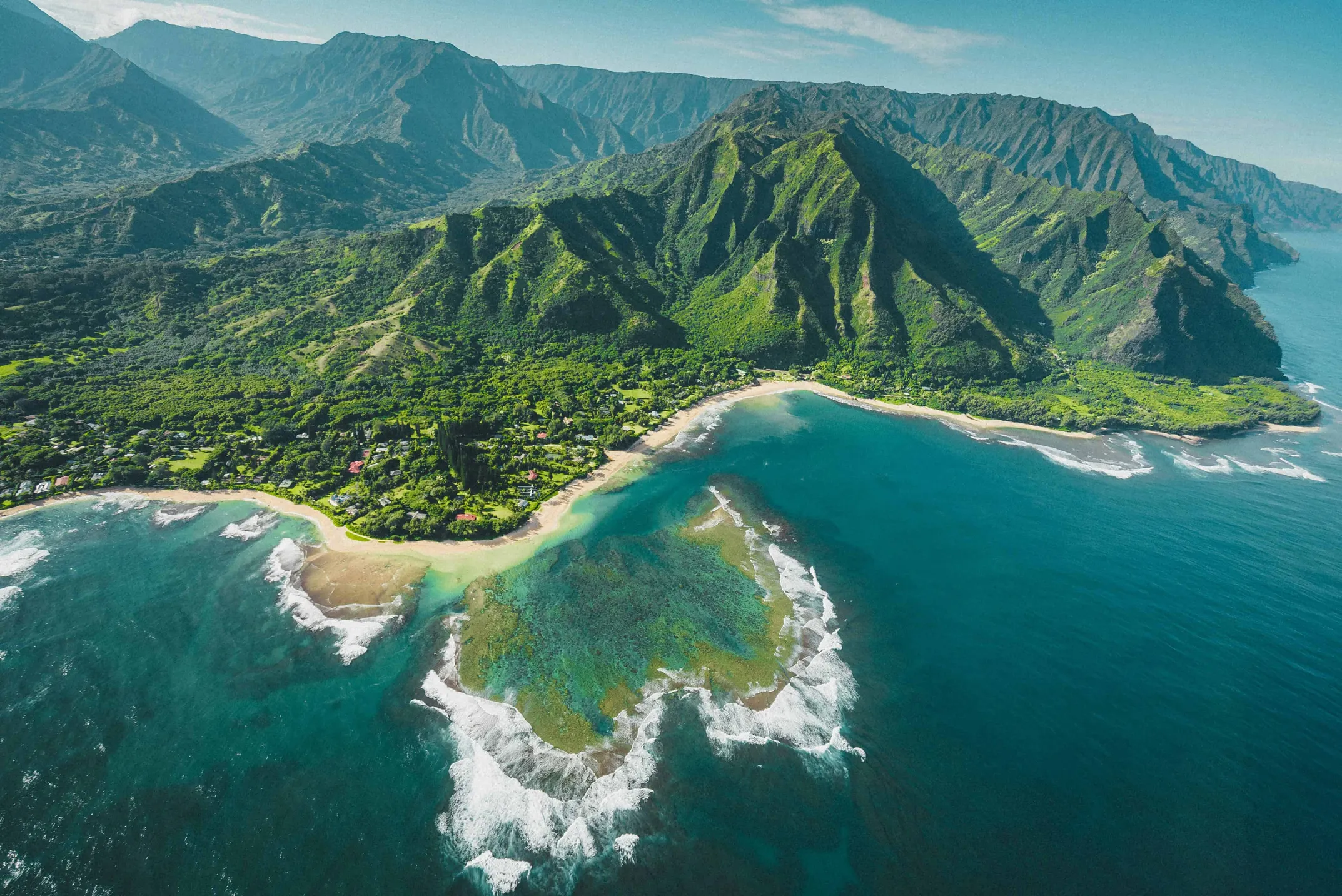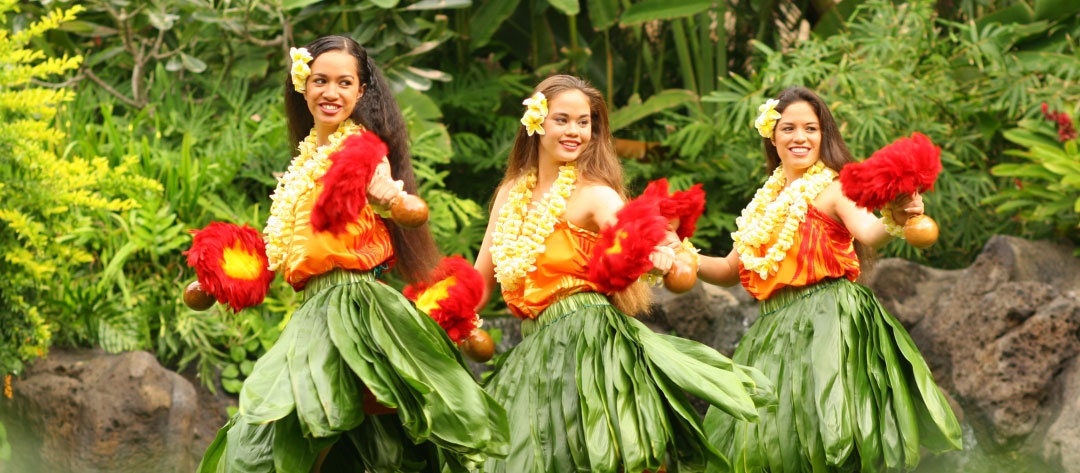

Fishing Techniques
Master the art of the hunt with time-tested Hawaiian fishing methods
The Art of the Hunt
The thrill of Hawaiian deep-sea fishing lies in the hunt. The techniques used to pursue these powerful ocean predators blend science, art, and hard-earned experience. While charter crews handle the complex work, understanding their methods will deepen your appreciation for the sport and make you a more active participant in the adventure.
Each technique is tailored to specific fish behavior and conditions. Understanding the "why" behind each method reveals the captain's expertise and enhances your appreciation of this ancient art practiced with modern precision.
Trolling for Giants
Marlin & Wahoo
Trolling is the primary method for hunting the fastest and most aggressive fish in the ocean, like marlin and wahoo. It involves pulling a spread of artificial lures behind a moving boat, typically at speeds from 8 to 18 knots. This mimics a school of fleeing baitfish.
The Lure Pattern (The "Spread")
This isn't random - it's a carefully planned presentation. Lures are set at different distances and positions behind the boat:
Lure Positions:
- • Short Corner - Closest to boat
- • Long Corner - Further back
- • Short Rigger - Outrigger pole, close
- • Long Rigger - Outrigger pole, far
- • Shotgun/Stinger - Farthest back
Advanced Tactics:
- • Dredges - Multi-armed bait ball simulators
- • Teasers - Hookless attractors
- • Wake Position - Each lure on specific wave
- • Speed Control - Varies by conditions
Lure Selection
The lures themselves are works of art. Captains have favorites, often based on sea conditions and time of day:
Slant-Face Lures
Dive and swim wildly, creating erratic action that triggers aggressive strikes.
Cup-Face "Chuggers"
Create trails of smoke and bubbles, highly visible to predators from below.
Bullet-Shaped
Run straight and true, perfect for high-speed trolling for wahoo.
Pro Tips for Marlin & Wahoo:
- • Color Strategy: Blue is the "home color" in Kona, but vary colors to see what fish prefer daily
- • Wahoo Gear: Always use heavy wire leaders due to their razor-sharp teeth
- • Deep Presentation: Use weighted leads or planers to get lures 20-50 feet down
- • Fight Strategy: Keep boat moving forward to maintain constant pressure
The Ahi Arsenal
Yellowfin Tuna Techniques
Targeting ahi requires diverse tactics, as their feeding behavior can change daily. These powerful fish demand respect and versatile approaches.
Trolling & Live Baiting
Ahi are often caught while trolling for marlin, but can be specifically targeted with specialized lures.
- • Cedar Plugs: Classic tuna catchers
- • Skirted Lures: Feather or plastic skirts
- • Deep-Diving Plugs: Reach feeding depth
- • Live Bait: Opelu (mackerel scad) or small aku
Chunking & Jigging
Advanced techniques for when schools are located but won't bite trolled lures.
- • Chunking: Create chum line with cut bait
- • Vertical Jigging: Heavy metal jigs, 200-500 feet
- • Fast Retrieve: Mimic wounded baitfish
- • Feeding Frenzy: Can trigger aggressive response
🎋 The Green Stick Method
A few specialized charters employ this fascinating technique adapted from commercial fishing.
Setup:
- • 30-40 foot fiberglass pole
- • Large floating "bird" teaser
- • Multiple artificial squid lures
- • Skipping action on surface
Results:
- • Deadly for line-shy ahi
- • Spectacular aerial strikes
- • 200+ lb tuna launching from water
- • Unforgettable fishing experience
Enticing the Mahi-Mahi
Visual & Fast-Paced Fishing
Mahi-mahi are curious and aggressive, and fishing for them is often a visual and fast-paced affair. Their schooling behavior and attraction to floating objects makes them exciting targets.
1. Location is Everything
The first step is finding them. Captains search for floating structure:
- • Sargassum weed lines
- • Floating logs and debris
- • State-managed FADs
- • Any surface disturbance
2. Casting & Teasing
Once a school is spotted, excitement begins:
- • Cast lures directly to fish
- • Use stick baits or poppers
- • Troll hookless teasers
- • Draw them closer to boat
3. The Golden Rule
Capitalize on their schooling nature:
- • Keep first fish in water
- • Hold attention of school
- • Allow multiple hookups
- • Create non-stop action
🎯 The Most Important Mahi-Mahi Trick
When the first mahi-mahi is hooked, it should be kept in the water near the boat. Its presence will hold the attention of the rest of the curious and competitive school, allowing other anglers to cast to them and achieve multiple hookups. This can turn a single bite into a flurry of non-stop action with the entire boat catching fish simultaneously.
The Gear You'll Encounter
You don't need to bring your own gear. Every charter in Hawaiʻi is equipped with top-of-the-line equipment designed to handle these powerful fish. Understanding what you'll be using enhances your appreciation of the sport.
🎣 Rods & Reels
- Trolling Rods: Heavy-duty 50-130 lb class rods designed for big game
- Stand-up Rods: Shorter, powerful rods for fighting fish while standing
- Reels: Large-capacity conventional reels (Shimano, Penn)
- Capacity: Can hold 800+ yards of heavy line
🧵 Lines & Leaders
- Main Line: Braided line, 80-130 lb test for strength and capacity
- Leaders: Heavy fluorocarbon for abrasion resistance and invisibility
- Wire Leaders: For toothy fish like wahoo and sharks
- Circle Hooks: Better for fish survival and more secure hookups
Why This Gear Matters:
Every piece of equipment is specifically chosen for Hawaiian conditions. The heavy tackle isn't just for big fish - it's for the extreme power and speed these fish can generate. A 200-pound yellowfin tuna can strip 400 yards of line in seconds. The gear must be reliable enough to handle this incredible force while giving you the fighting chance to land your dream fish.
🗺️ Deep Sea Fishing Guide
⚙️ Technique Summary
Trolling
Best for: Marlin, wahoo, covering water
Live Baiting
Best for: Tuna schools, natural presentation
Casting
Best for: Mahi-mahi, surface action
Jigging
Best for: Deep tuna, bottom fish
🧠 Fishing Wisdom
"The best technique is the one that matches the fish's mood that day."
- Adapt to conditions, not the other way around
- Trust your captain's experience and local knowledge
- Every technique has its moment to shine

